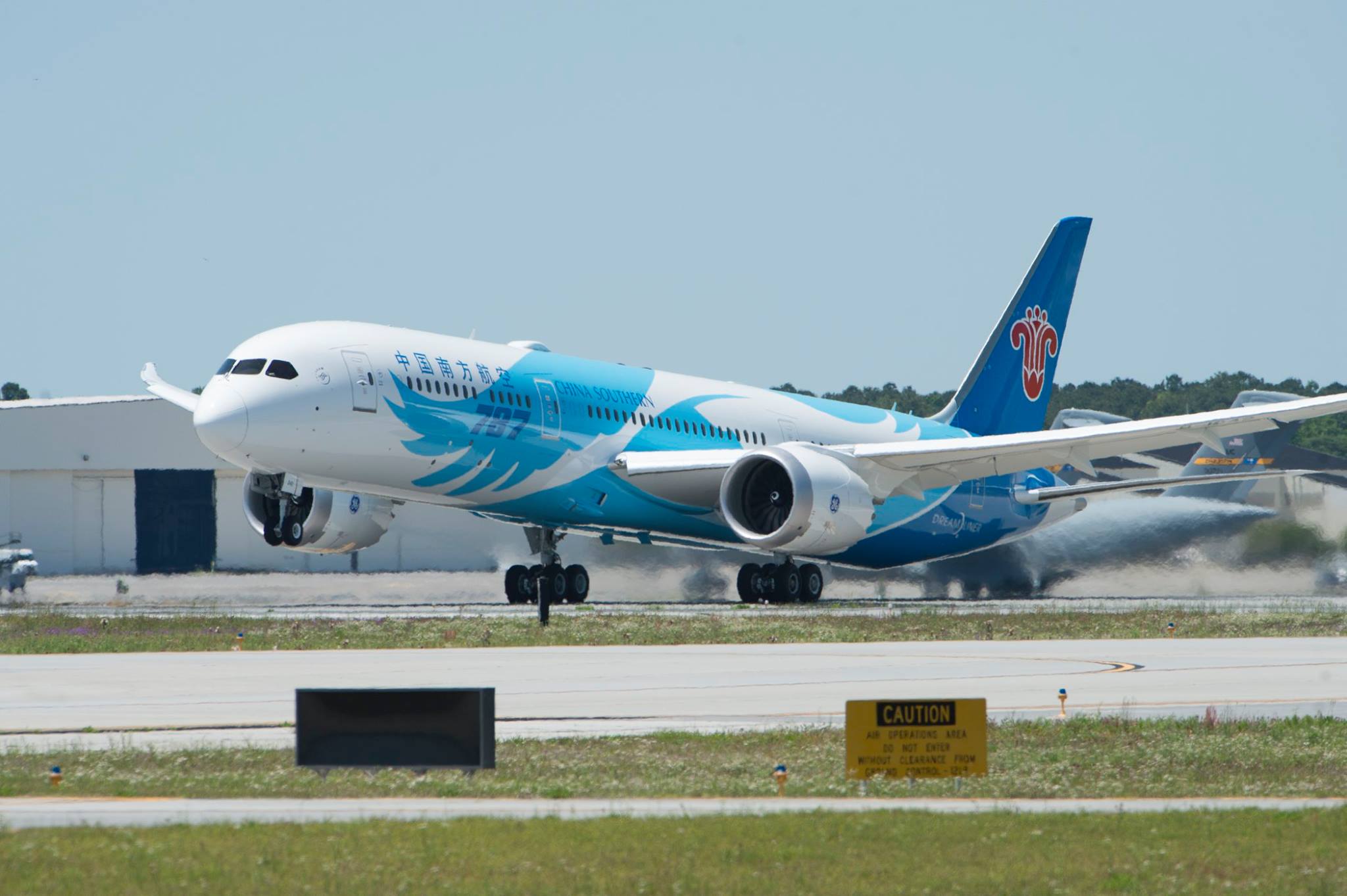
31936654 2058055817538515 529335284504985600 n
Air China, China Eastern, and China Southern Airlines all reported deepening losses for the first quarter of the year. With many cities and regions in strict lockdowns, the Big Three were confronted with a significant drop in traffic. Although restrictions continue, domestic capacity this week has recovered to 74 percent, the highest level since the start of the pandemic. Losses China’s Big Three deepen but capacity is set to recover.
Last week, Air China reported an RMB 9.872 billion net loss for Q1 compared to RMB -6.947 billion in the same period of 2021. The operating loss was RMB 10.450 billion versus RMB -8.658 billion. Total operating revenues were also lower at RMB 12.918 billion from RMB 14.581 billion. Operating expenses were almost static at RMB 23.144 billion.
China Southern produced an RMB 4.496 billion net loss compared to RMB -4.006 billion in Q1 last year. The operating loss was RMB 5.9 billion versus RMB-5.4 billion last year. Revenues were slightly up to RMB 21.5 billion from RMB 21.3 billion. Operating costs increased by one billion to RMB 28.1 billion. The airline didn’t offer further details about its first quarter.
China Eastern Airlines reported the biggest drop, almost doubling its net loss to RMB 7.8 billion from RMB 3.8 billion last year. The operating loss was RMB 8.3 billion versus RMB 5.6 billion. Revenues were down to RMB 12.7 billion from RMB 13.4 billion. The results reflect both the effects of travel restrictions and the sharp reduction in capacity following the grounding of the Boeing 737-800 fleet after the fatal crash on March 21. The investigation is ongoing and hasn’t produced a clear indication of what happened onboard the flight from Kunming to Guangzhou when the aircraft suddenly lost altitude. China Eastern resumed 737-800 services in late April.
Graphic showing how airline capacity has developed since the start of the pandemic. May 2022 seems to have started a little better. (OAG)
OAG and APAC data for China show the continued rollercoaster for airline capacity, which hit the lowest point in April since August 2021. The Big Three also suffered a significant drop in domestic capacity (available seat kilometer or ASK) in March to on average -56 percent of 2019 levels compared to -18 percent in February and -15 percent in January. International capacity was at -96 percent in March and at -98 percent in the two preceding months. Domestic revenue passenger kilometers (RPK) were at -67 percent in March, -34 percent in February, and -38 percent in January, with international RPKs at -97 in March and -98 percent in January and February. The week of May 8 indicates that domestic traffic will recover to -24 percent of 2019 levels, but international capacity remains around -96 percent.
In April, the three carriers reported significant losses for 2021.
Views: 2




